Surfboard yellowing is a common occurrence caused by exposure to sunlight and UV radiation. In this article, we will explore why surfboards yellow, the effects of yellowing, and provide tips on how to prevent and potentially fix it.
Why Do Surfboards Yellow?
Like most plastics, surfboards can yellow when exposed to the sun. The foam and resin used in surfboard construction are particularly susceptible to yellowing. The foam, although more prone to yellowing, is protected by the resin.
To be more precise, epoxy and polyester resins, commonly used in surfboard construction, contain molecules called chromophores that break down when exposed to UV radiation. This degradation can cause the resin to turn yellow or develop a yellowish tint. Manufacturers often add UV filter additives to slow down this process, but it is inevitable to some extent.
The Effects of Yellowing:
The yellowing of surfboards is primarily cosmetic and does not typically affect the performance or structural integrity of the board. However, if the yellowing process is left to do its work over a long time, the glass layer may become brittle and prone to damage. It is important to note that extensive yellowing only occurs after years of neglect or heavy use.
For instance, a Surfboard Floated from Hawaii’s north shore to the Philippines in 2018. When the board was lost it was blue. When fishermen found it 8400 km away after bathing in the sun and sea for a year yellowing took place and the blue color became hard to see.

Prevention and Solutions:
To prevent surfboard yellowing you can do a few things:
Unfortunately, there is no real way to reverse the yellowing. As you cannot reverse this chemical reaction to UV. However, there are a few options to mitigate its appearance:
Is there anything you would like to add? Do you have any questions that we can address?
Do not hesitate and leave us a comment down there.
If you need any surfing equipment, have a look at our performant and accessible Fins , Traction Pads, and Leashes, we deliver worldwide!

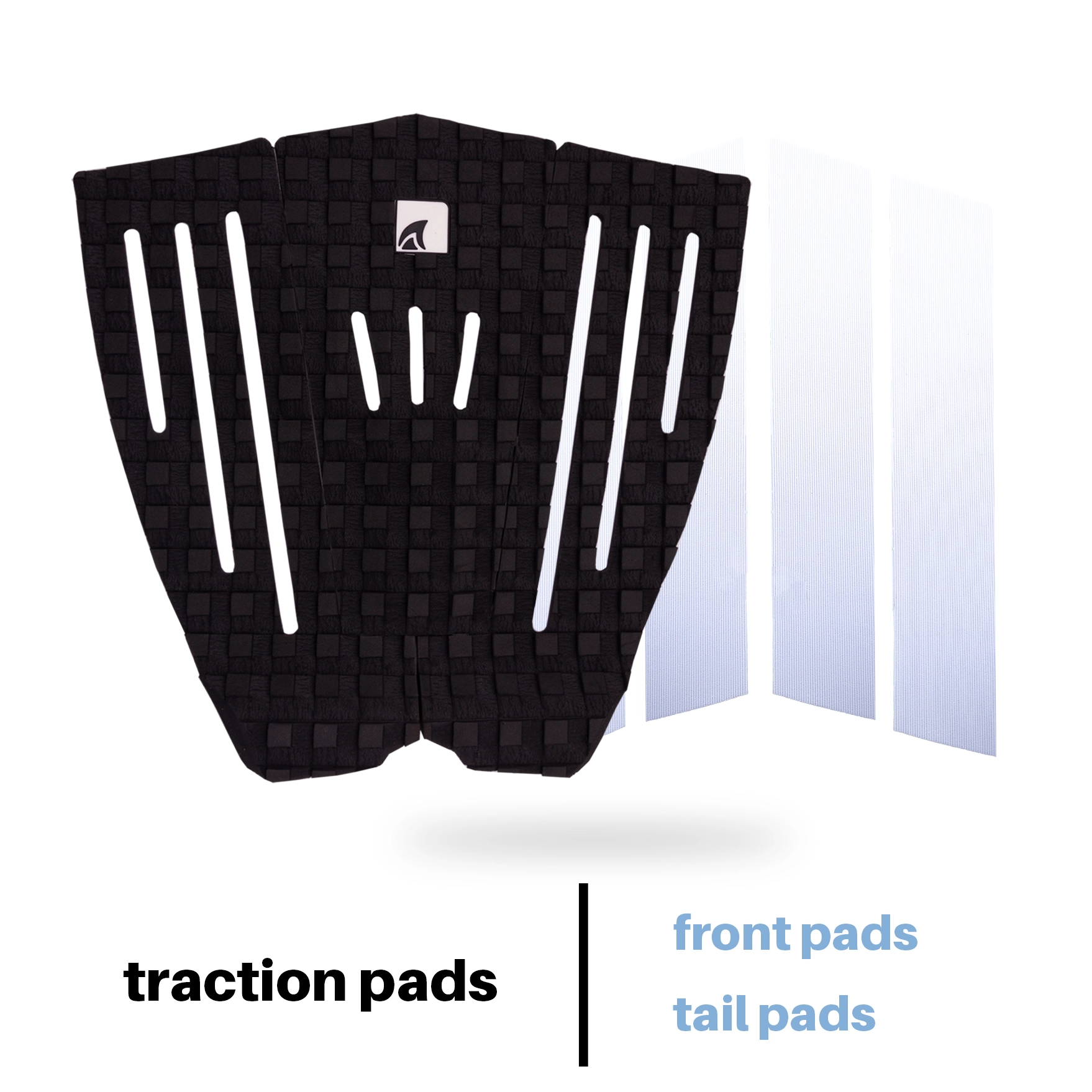



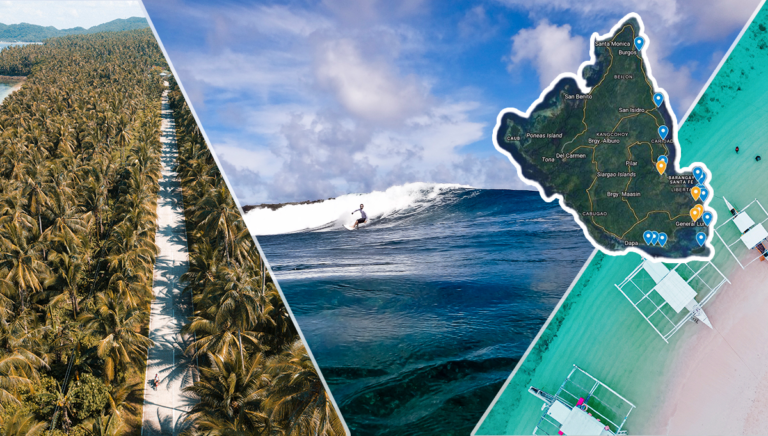
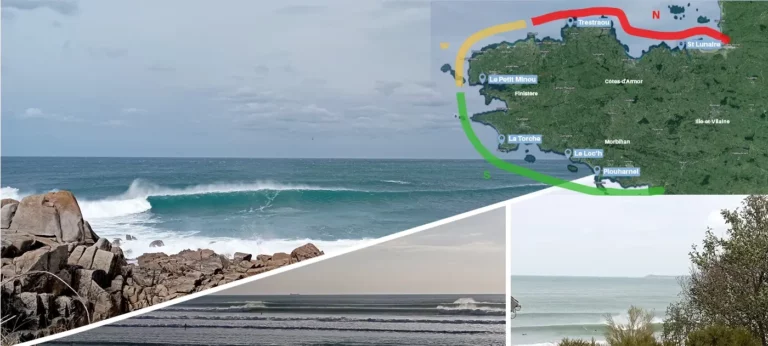
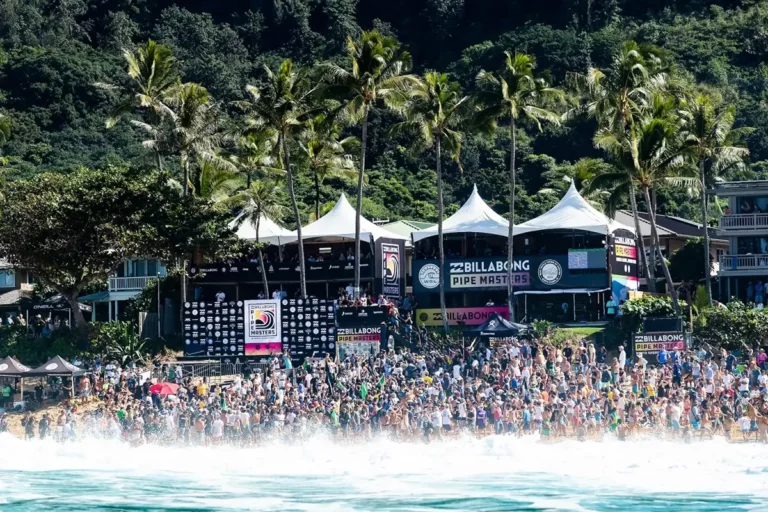
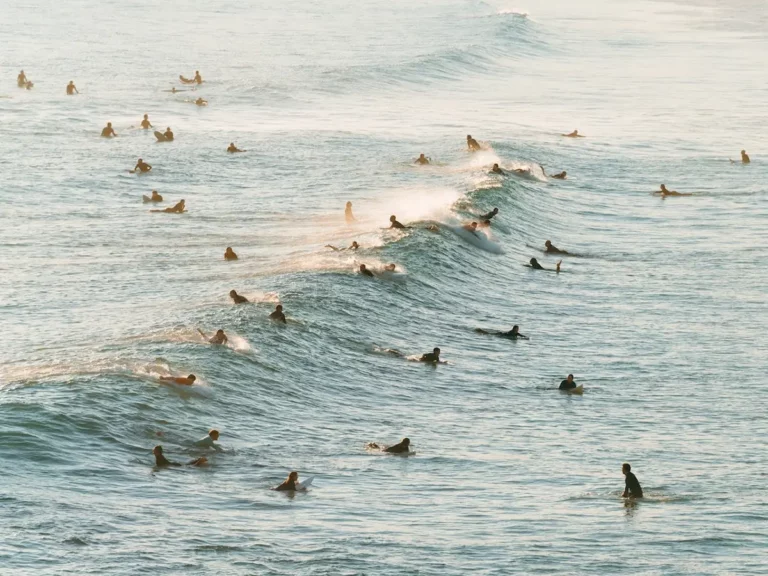
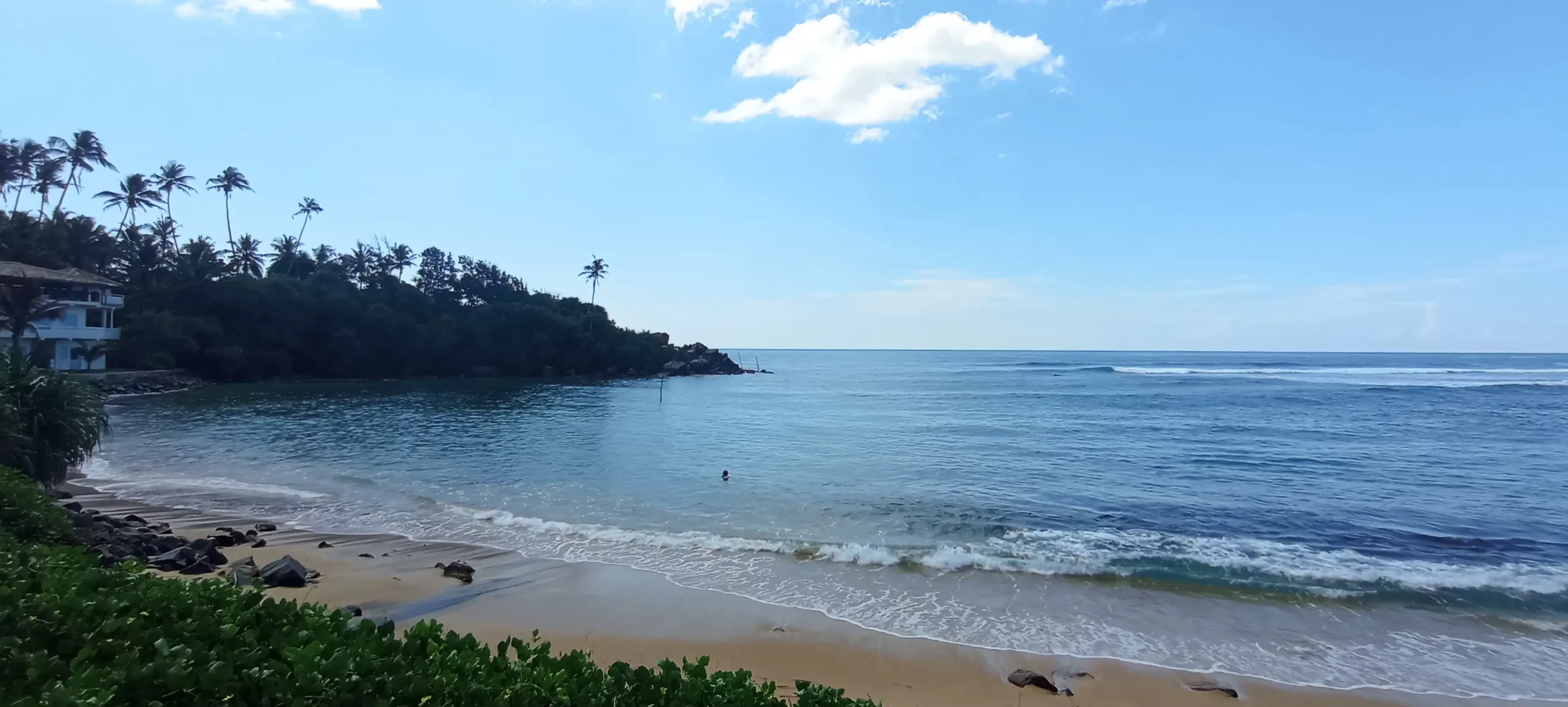
Leave a Reply